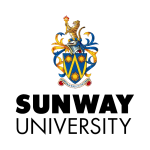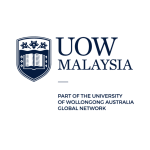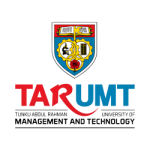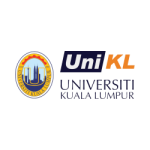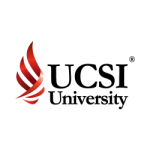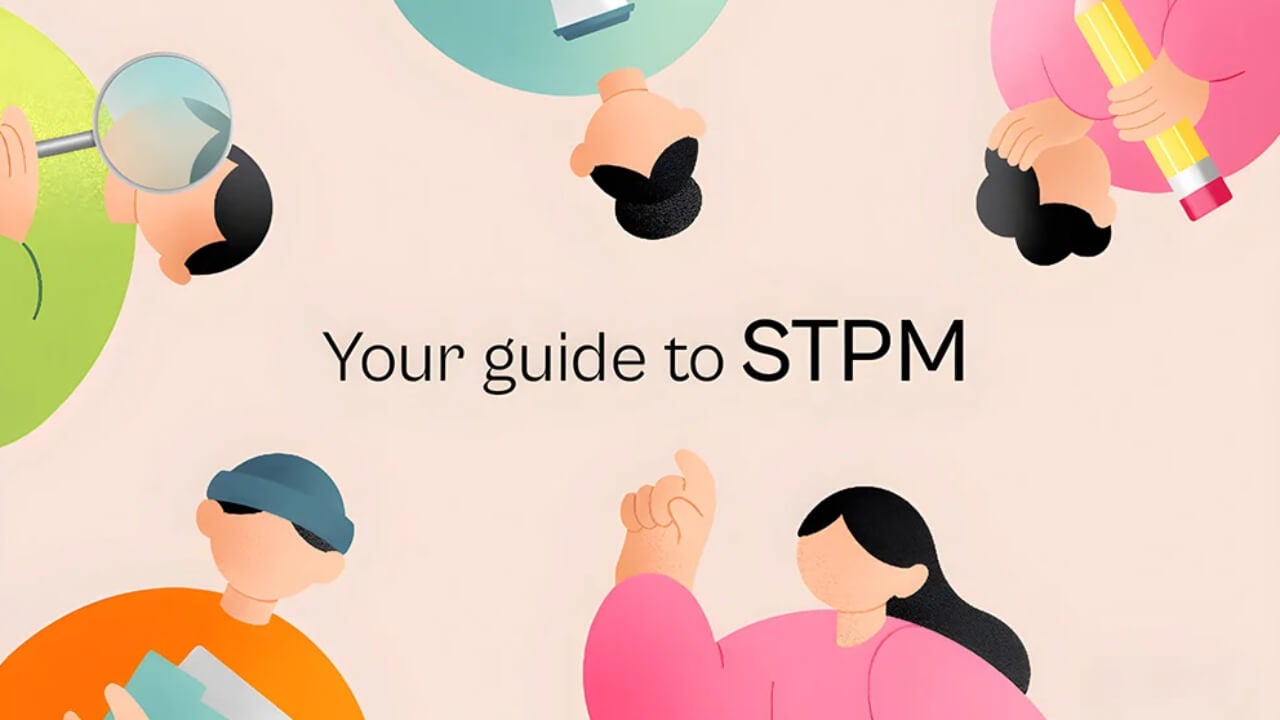
What is STPM?
STPM stands for Sijil Tinggi Persekolahan Malaysia (Malaysian Higher School Certificate), a pre-university programme that some will also know as Form 6. It is Malaysia’s equivalent to A-Levels, which are widely considered the gold standard of pre-university programmes.
Is STPM harder than A-Levels? An apples-to-apples comparison cannot be made here, as both programmes have different delivery and assessment formats. Since 2012, the 18-month-long STPM programme has run on a modular format, in which students are continually assessed throughout the programme instead of being assessed only at the end. The new system also benefits from the UK’s Cambridge Assessment, from whom a representative is assigned to monitor and endorse results.
While some may perceive it as more of a gateway to local public universities only, STPM is recognised by approximately 2,000 universities worldwide, including institutions in the USA, Commonwealth countries and Western Asia.
What subjects can you choose for STPM?
STPM has only one intake per year consisting of three semesters that take six months long each to complete. Every semester ends with an exam that makes up 60 to 80 per cent of your final score.
Another 20 to 40 per cent goes to school-based assessments, which are conducted throughout the semesters. These can consist of projects, field studies and practical work.
The remaining 10 per cent is reserved for co-curricular activities, granted based on the two highest marks gained from participation in clubs/societies, sports/games or uniform bodies.
How many subjects can you choose from in STPM? Currently, a total of 23. However, you only need to take at least four subjects, with five being the maximum. One of the slots automatically goes to general studies (Pengajian Am) as it is compulsory.
If you are applying for a public university, only the top four subjects with the highest grades will be taken into consideration.
The subjects you can take depend on your stream of choice, of which there are two: science and social science (humanities and religious).
Most subjects have their syllabuses taught in Malay except for language and bilingually delivered subjects.
An additional exam that is required if you wish to go the public university route, the Malaysian University English Test (MUET). This is an assessment of your English language proficiency.
Subjects are graded from A to F, each with a subject grade point (SGP). A student’s final score, or Cumulative Grade Point Average (CGPA), is calculated by taking the Grade Point Average (GPA) of their four best subjects, including general studies.
Here are all the subjects available for STPM, divided into five categories:
| Category | Subjects (Official Titles) | Subject titles (English) |
|---|---|---|
| General studies |
|
|
| Science and mathematics |
|
|
| Languages and literature |
|
|
| Social sciences and religion |
|
|
| Arts and health |
|
|
*Subject is taught and assessed in English and Malay
**Cannot be taken with Mathematics T
***Cannot be taken with Mathematics M
As STPM is a pre-university programme, choosing subjects based on the university degree or career you want to pursue in important.
Here are some of the most popular careers and the subjects one can take to build a foundation for them.
| Career field | Recommended subjects |
|---|---|
| Medicine/health sciences |
|
| Engineering |
|
| Business and finance |
|
| Computer science and information technology |
|
| Law |
|
STPM vs Diploma vs Foundation
| Criteria | STPM | Diploma | Foundation |
|---|---|---|---|
| Duration | 18 months | 24 - 30 months | 12 months |
| Structure | Modular format that continually assesses students over three six-month-long semesters. Beyond written exams, students are assessed via field studies, projects and practical work | Focuses on a specific field of study, with greater emphasis on learning practical skills that boost employability upon graduation | Tailored to degree courses offered by the university and a combination of compulsory, elective and general studies subjects |
| Assessment | School-based assessment (20-40%), centralised examinations (60-80%) at the end of each term and co-curricular activities (10%) | Mix of assignments, practical assessments, coursework and examinations | Mix of coursework, exams, quizzes and final assessments |
| Recognition | Recognised by all local public universities, local private universities and over 2,000 foreign universities | Recognised for degree acceptance at the university offering the diploma for undergraduate programmes. Credit transfer may be applicable to other institutions | Recognised by the university that provides the programme and some other private universities (may vary from institution to institution) |
| Entry requirements | Entry to public universities requires a minimum CGPA of 2.00, with grades of C and above in three subjects, including general studies. Entry requirements for local private universities and foreign universities vary according to institution | Course-specific requirements | Varies by university |
| Number of subjects | 4 - 5 | Varies by course | Varies by course |
A-Levels vs ADTP vs AUSMAT vs CIMP
| Criteria | A-Levels | American Degree Transfer Program (ADTP) | WesternAustralian Matriculation (AUSMAT) | Canadian International Matriculation Programme (CIMP) |
|---|---|---|---|---|
| Duration | 14 - 24 months | 24 months | 7 - 10 months | 12 - 15 months |
| Structure | Has two levels called AS and A2, which foster critical thinking and in-depth knowledge of chosen subjects | Broad-based, learning-driven education | Assignment-based with continuous assessment | Interactive learning focus, with a progressive accumulation of marks |
| Assessment | Final examinations at the end of each level | Mix of exams, coursework, assignments, presentations, quizzes and research papers | 50% coursework and 50% exams | 70% coursework and 30% final examinations |
| Recognition | Widely recognised by local and international institutions | Recognised by American universities | Recognised by local and international institutions | Recognised by local and international institutions |
| Entry requirements | Subject-specific requirements that depend on the course | Completion of approximately 60 credits | Varies by university | Varies by university |
| Number of subjects | 3 - 4 | 20 | 5 | 6 |
To qualify for enrolment in STPM, one must fulfil the following minimum requirements in SPM (Sijil Pelajaran Malaysia):
- A credit in Malay Language (C and above)
- Three credits with a total grade value not exceeding 18 in three subjects relevant to the desired stream (science stream)*
- Three credits with a total grade value not exceeding 12 in three subjects relevant to the desired stream (social science stream)*
*Grade value refers to the numerical value assigned to different grades, e.g. A+ is 0, A is 1, A+ is 2, etc. The lower the grade value, the higher the grade.
- Fast facts about STPM
- To enrol in STPM, students must obtain a credit in Malay and earn three credits in the subjects relevant to their stream of choice in SPM.
- STPM takes 18 months to complete and is spread out over three semesters that take six months long each.
- STPM runs on a modular format, enabling students to be continually assessed through a mix of projects, field studies, practical work and written exams.
The benefits of STPM
- Cost Efficient
As the most affordable and globally recognised pre-university programme in Malaysia, STPM is as cost-efficient as possible. It is accepted by universities around the world, including those in Singapore and the UK. Part of its credibility can be attributed to STPM results being monitored and endorsed by the UK’s Cambridge Assessment. - Direct pathway to local and foreign universities
STPM is arguably the most popular choice for students looking to enter public universities in Malaysia. That said, STPM graduates can also easily apply to local private institutions and over 2,000 universities around the world. - Widely available throughout Malaysia
While some pre-university programmes are unavailable or have limited options outside of larger cities like Kuala Lumpur, Georgetown, and Johor Bahru, STPM is available in all 13 states and three federal territories. - Affordable course fees
Another aspect of STPM that makes it highly accessible to secondary school leavers is its price. The exam fee is RM120 at most, and each subject does not exceed RM90. In addition, there is a fee of RM50 should one need to resit a paper. All in all, the entire programme usually does not exceed RM1,000. - Modular system that encourages holistic learning
Since its modular format was introduced in 2012, students have benefited from the programme’s mix of practical work, co-curricular activities and written exams. This combination enables students to foster and refine both their hard and soft skills, making graduates more well-rounded individuals.
Who is STPM for?
- Secondary-school leavers aiming for local public universities
Malaysia is home to some of the top public universities in Asia, with institutions like the University of Malaya and Universiti Putra Malaysia taking the #11 and #25 spots in the QS Asia University Rankings 2024. All local public universities recognise STPM as it is naturally a viable option to secure a spot in these institutions. - Cost-conscious students
For students seeking a cost-efficient pre-university programme without compromising quality, STPM checks both boxes thanks to its affordable fees and globally recognised status. - Those who want to keep their bachelor’s degree options open
If you’re not 100 per cent sure what the next step of your tertiary learning journey is going to look like, this programme may be for you as you can choose from a wide range of bachelor’s degree courses after STPM. This includes courses from local private universities and foreign universities. - Driven and independent learners
STPM can be one of the more challenging pre-university programmes, especially since it is held to strict standards by the Ministry of Education (MOE) and the UK’s Cambridge Assessment. Its modular format means students must be naturally motivated to excel in all aspects of the assessments, be it field study, co-curricular activities or the end-of-semester written exams. If you enjoy a challenge, STPM could be a good fit for you.
How to apply for STPM
Technically, there is no application process for STPM.
If you meet the requirements of your desired stream, you will automatically be offered a place in Form 6.
To check on your status, you can visit the Ministry of Education’s website within 30 days of the announcement of the SPM results. You can file an appeal at your local State Education Department (JPN) office if you did not receive an offer.
- Sources
- QS Top Universities - QS Asia University Rankings 2024
- theSun - Fadhlina: STPM recognised internationally, no need to abolish form six
- MyGovernment Malaysia - Entering Form 6 Studies



